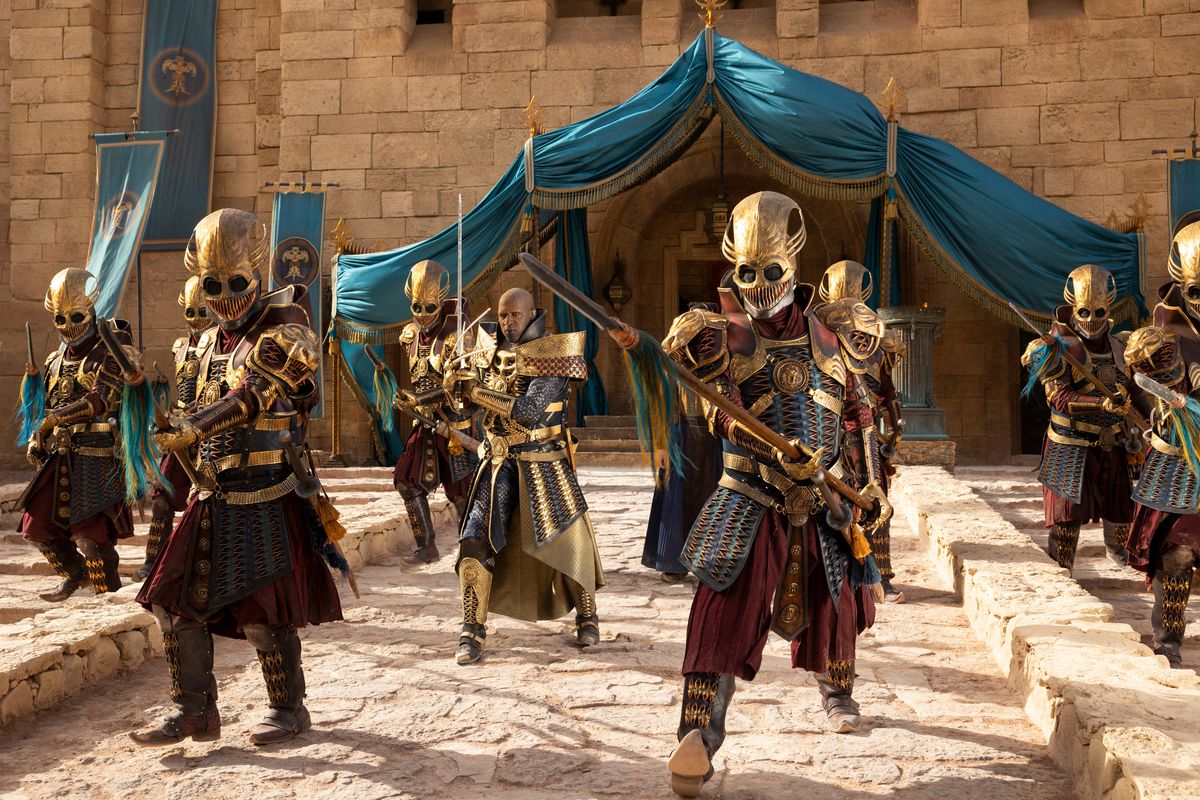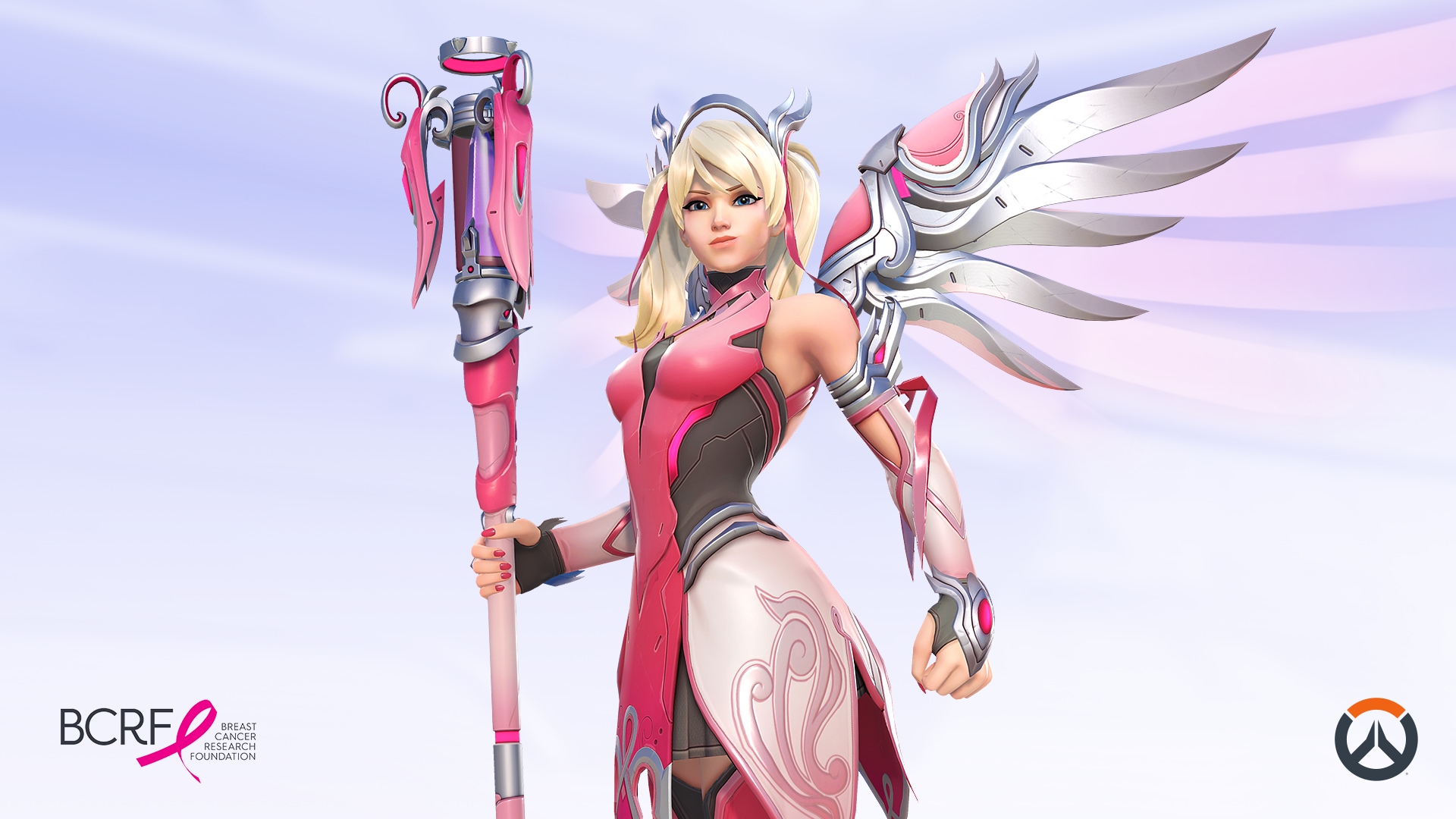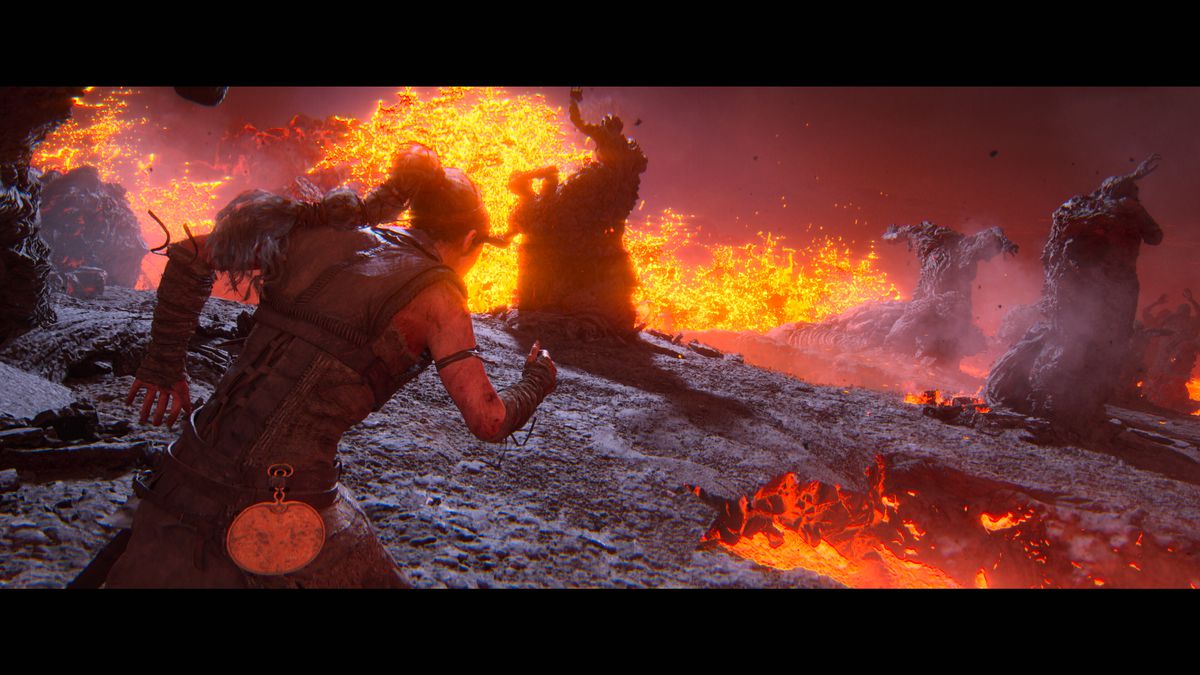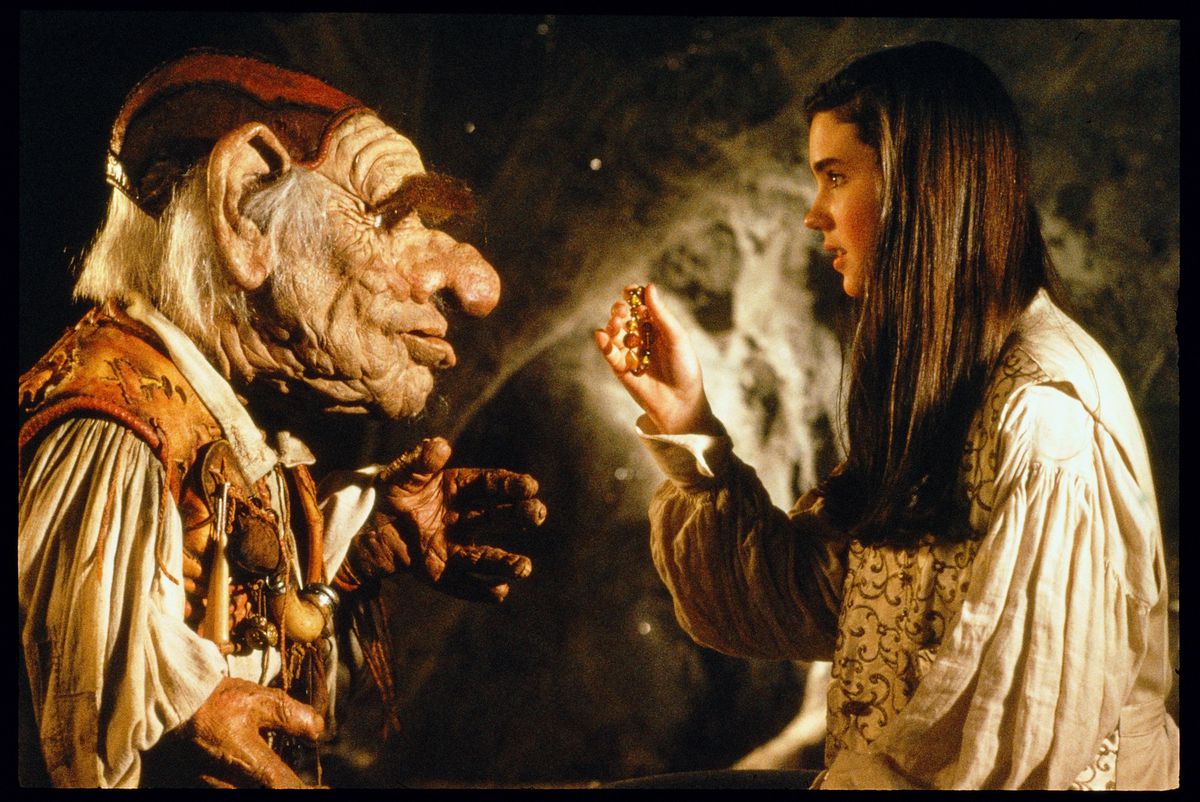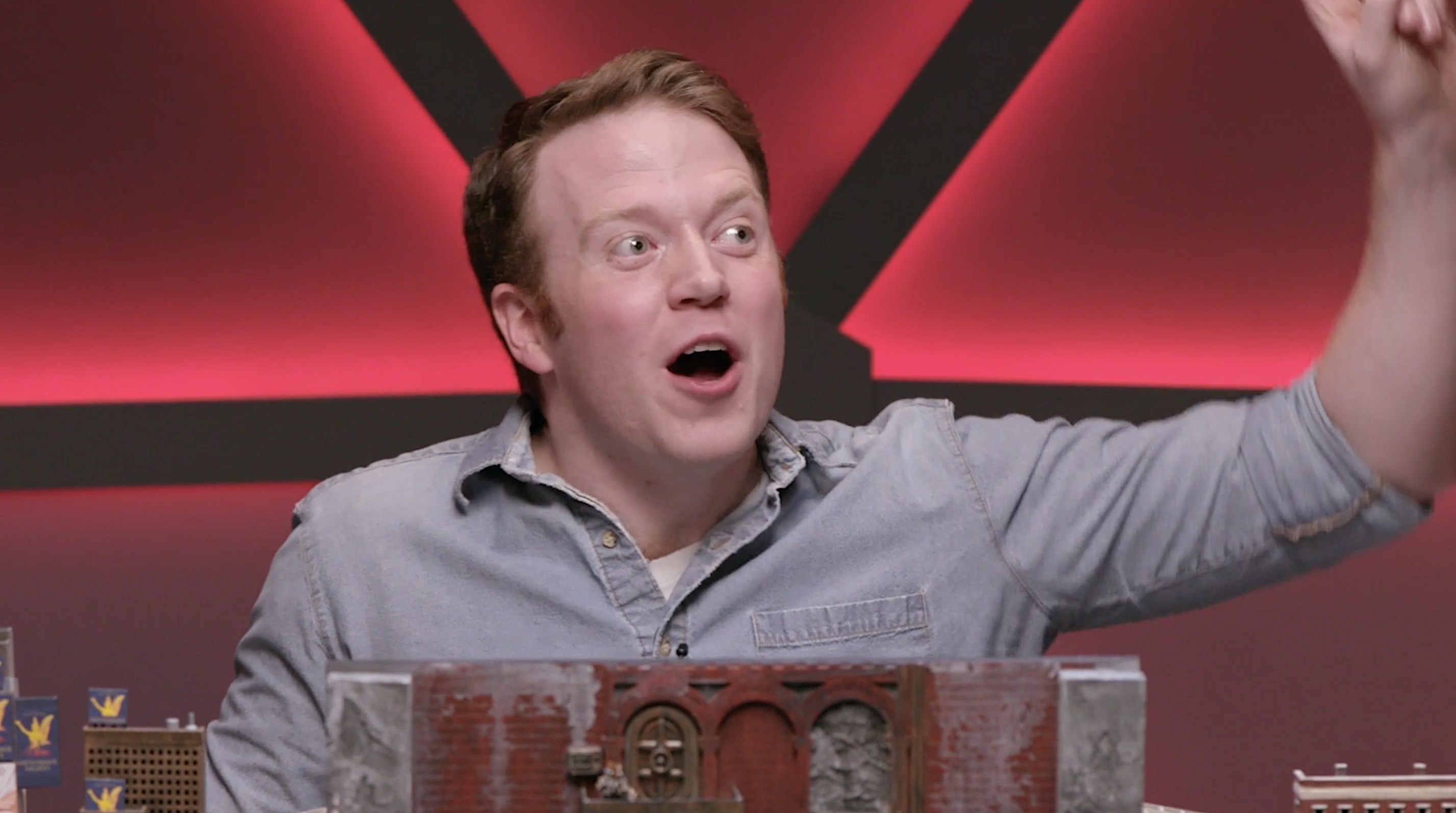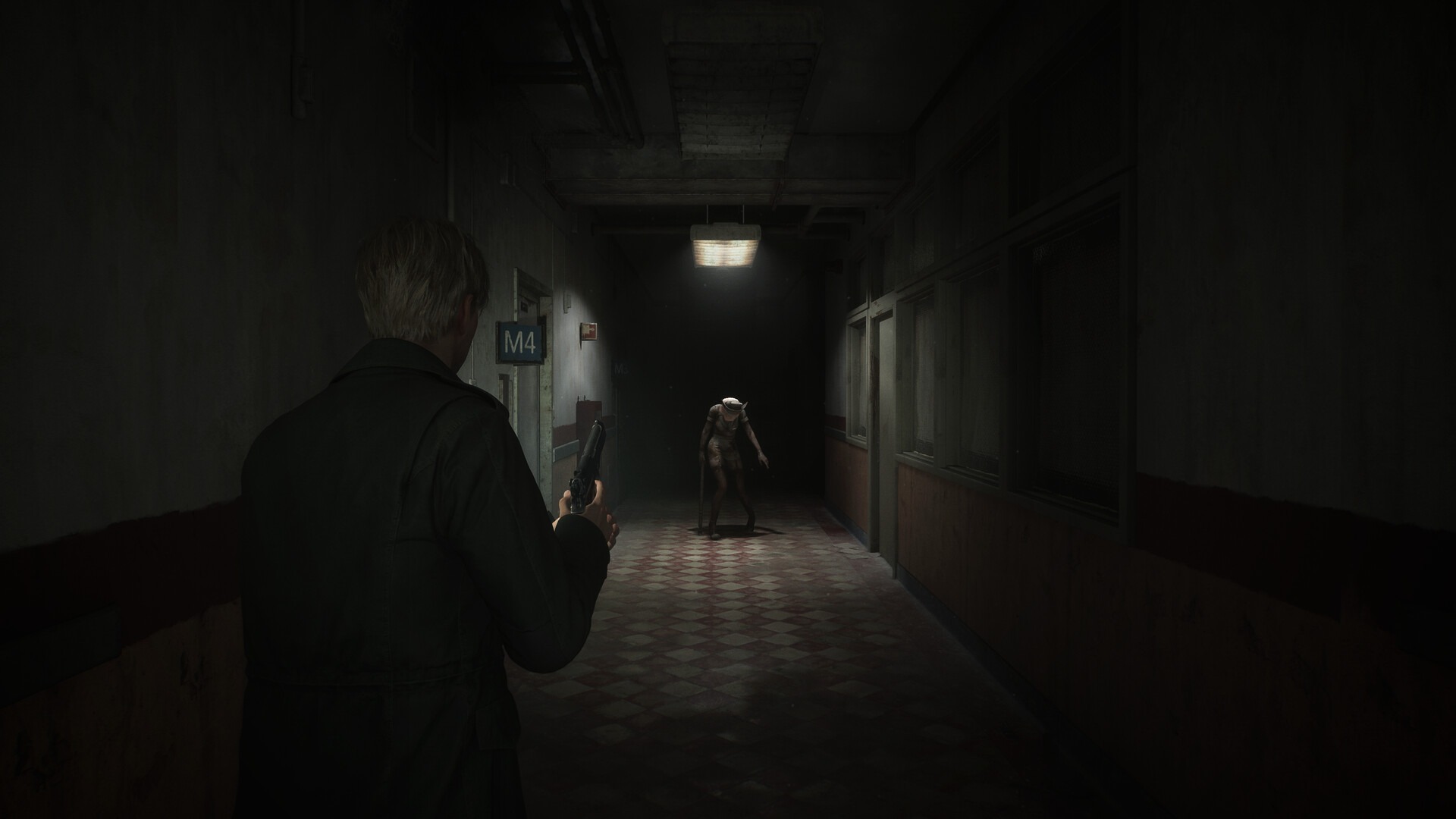Making a TV spinoff of the most influential action franchise of the century is a daunting task.
There’s the delicate balance of fan expectations from previous entries with the desire to see something new. And then there’s the massive difference between the size of most TV productions and the size of blockbuster action movies.
That’s something The Continental action director Larnell Stovall was more than up for as he approached bringing the world of John Wick to the new three-episode Peacock miniseries. When speaking to Polygon about the team’s approach to the show’s thrilling action sequences, he stressed the fine line of homage and originality, and how one has to follow the other.
:no_upscale()/cdn.vox-cdn.com/uploads/chorus_asset/file/24935721/NUP_201626_00009.JPG)
“You have to respect the filming style,” Stovall says. “John Wick is known for wider shots where you can truly see the actors. It’s not lit too dark, where you can’t make out what’s happening.”
That respect is evident from the very first moments of The Continental. While the ’70s setting brings a new kind of sleaze to the series, the action will be familiar to anyone who’s caught a John Wick film before. There’s a party at the titular hotel, where loud music provides unknowing cover for a heist. As you might expect, the heist goes sideways and every resident of the assassin hotel pulls out their respective guns. Suddenly, in the course of just one set-piece, The Continental cements itself as part of the John Wick universe.
We follow a character, Wick-like in both appearance and mannerisms, who steals something from The Continental’s vault, then fights his way into a stairwell, with bullets flying everywhere. The entire sequence is a tightly choreographed showcase of the gun-fu the series is known for, but with a bit of ’70s flair to mix things up. Swarms of opposition rush toward our apparent hero, only for him to dispatch them with quickly tapped rounds to the head, whipping their bodies back for him to neatly step over. The whole thing is John Wick to a T, but in a slightly different font than the movies — exactly enough to make it read totally fresh.
:no_upscale()/cdn.vox-cdn.com/uploads/chorus_asset/file/24935725/NUP_201618_00021.JPG)
Each John Wick movie has had action led by a different member of director Chad Stahelski’s prestigious 87eleven Action Design studio, where actors and stunt professionals gather to train and design action sequences for some of Hollywood’s biggest projects. The studio and its professionals have been so successful that it’s a rarity to get a lot of 87eleven people on the same project; at any given moment, they’re all spread around the world spearheading various action projects or action units on non-action projects. Now it’s Stovall’s turn to get his hands on the Wick franchise.
Stovall is a seasoned stunt performer, fight choreographer, and second unit director. Best known recently for his work on the TV shows Titans and Altered Carbon, the action movie faithful know Stovall for his role as fight choreographer for two of the best and most influential action movies of the 2010s: the Scott Adkins vehicles Universal Soldier: Day of Reckoning and Undisputed 3: Redemption. Both movies share a lot in common with John Wick’s approach to action; they’re known for incredible fight sequences that make full use of the incredible martial artists in the cast, leaning on long, wide shots to show as much of the brutal action as possible.
That experience and acumen for hard-hitting fights came in handy for The Continental, which features plenty of hand-to-hand fights, big gun battles, and a variety of martial arts techniques on display. Stovall got the call from Stahelski with an offer to join the franchise (he told Polygon he didn’t answer at first because he thought it was a butt dial), packed his bags, and went to Budapest to shoot the new Peacock show.
But before Stovall could make his mark on the series, he knew he’d have to prove to fans he was up for it. Which is exactly why the fight in the stairwell that opens the show feels so much like the movies.
:no_upscale()/cdn.vox-cdn.com/uploads/chorus_asset/file/24935741/NUP_201620_00027.JPG)
“First episode, first 10 minutes to say: Hey, we got you, we know what you’re here for. We know what you want to see, here’s a taste,” Stovall explains. “Then you get to sit back and enjoy what is our flavor and our voice in this world.”
Stovall’s first big challenge was part of the show’s main selling point: The Continental is a prequel. Of course, the movies provide a starting point, but action, fighting, and violence evolves in the John Wick world. So Stovall had to come up with something that felt like a recognizable precursor to the action fans already know and love. On top of that, Stovall knew the rest of the show was centered around New York in the ’70s, which means hustlers, small-time criminals, violent streets, and a whole world of grimy meanness lurking just out of view of the monied elite.
“We had to be careful because the ’70s had its own flavor, its own way of doing things,” Stovall says. “It was very in your face. It was very unique and sometimes cheesy, but that cheesy played in that timeframe. So we had to find that fine line. When do we pose? How long do we hold a punch or kick? Because they over-exaggerated things a lot. And we had to respect that.”
What that means more practically is the fighting in The Continental is messier by design. It’s faster, less methodical, more chaotic, and viciously brutal. John’s grace is replaced by the same kind of scuzzy ’70s whatever-doesn’t-get-you-killed grease that so lovingly coats the rest of the show, and differentiates it from the original series it spun off of. There are no elegant sport coats with kevlar lining here, no delicately hiding behind tech or a souped-up AR-15. Fights in The Continental are brutal affairs with indelicate ends, like a half-dozen bullets in the chest instead of a clean headshot.
But while the show’s set-pieces and action are all more intimate and instinctual than the practiced precision of the films — a perfect change to fit the franchise’s move to TV — even the choreography itself lends to The Continental’s change in eras.
:no_upscale()/cdn.vox-cdn.com/uploads/chorus_asset/file/24935729/NUP_201620_00016.JPG)
One of the biggest differences that will jump out at fans of the franchise is the relative lack of judo throws — especially the judo-throw-into-headshot move that has become a John Wick signature. Stovall says he was “grateful” for the relative lack of gun-fu and judo in the series, because it allowed the action team to express themselves even more.
“I’m very, very particular about the final product,” Stovall says. “If I can get anywhere between 90 to 95% as far as final expression… I think The Continental is the closest [I’ve done] to something like an Undisputed 3, where you can see the actors doing a fight scene. Their stories, the editing was on point, the camerawork was on point, because those are all factors that can throw off great action design easily.”
Of course, the risk of adding to any franchise is that the changes you bring won’t sit well with longtime fans. Any potential addition or subtraction to what has worked is a new place for die-hards to hop off the train. But Stovall isn’t too concerned about that here. After all, John Wick fans are action fans, and Stovall knows action as well as anyone on the planet.
“If [fans] can be patient enough, and just enjoy our voice in this, I think they will find they might enjoy this just as much as well,” Stovall says. “We were able to find our voice within that, but yet make sure you felt some of that Wick-ish flavor.”
The Continental premieres with the first of three episodes Sept. 22 on Peacock.
